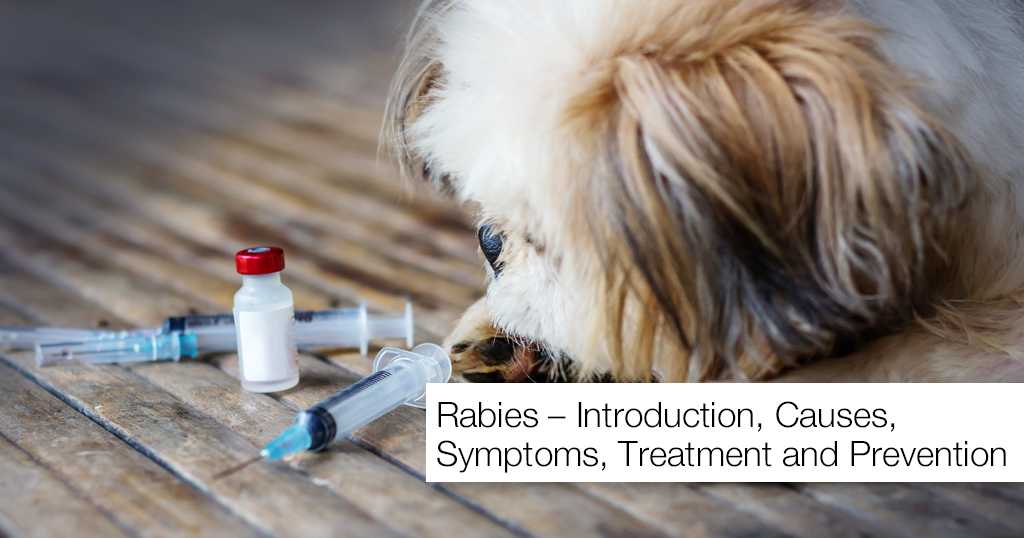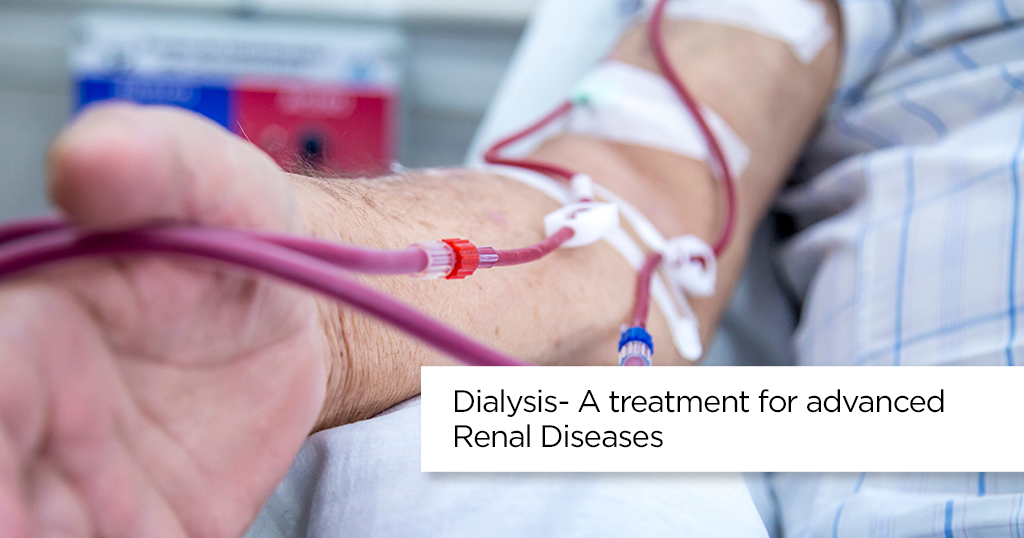Rabies – Introduction, Causes, Symptoms, Treatment and Prevention


Overview
Immediately linked to the bite or scratch of a stray animal and all those injections in the stomach, Rabies is a serious viral infection. Generally, by the time the symptoms manifest, it is too late to save the infected individual. However, an individual who may have been exposed to rabies can generally be treated effectively if he/she seek help immediately.
What is Rabies?
Rabies, also known as hydrophobia, is an acute viral infection which is almost always fatal. It comes under the category of communicable diseases and is transmitted by farm or wild animals; usually carnivores like dogs, cats, jackals, racoons. It is mostly seen in Africa and parts of South East Asia. Islands such as Australia, New Zealand, Iceland, Taiwan, Japan and Cyprus do not have rabies. It is classified under zoonotic diseases (zoonotic means pertaining to animals).
Causes of Rabies
Rabies in humans is due to the bite of a rabid animal. The virus is transmitted through the animal’s saliva. Farm animals like dogs, cows, horses, goats, rabbits and wild animals like jackals, bats, coyotes, foxes and hyenas can transmit rabies if they are infected. In India, stray dogs are the most likely source of infection, as pets are vaccinated.
Handling the rabies virus in the laboratory, exploring caves where there may be bats or camping in the forest where wild animals are present are the usual circumstances in which the bite of a rabid animal is inflicted.
Human-to-human transmission has not been documented. If a rabid animal licks an open wound on a person, the virus can be transmitted. Wounds of the head and neck are more dangerous as the infection can reach the brain faster.
Signs and Symptoms of Rabies
The symptoms and signs of rabies do not occur till late stages of the disease, by which time the virus has spread to the brain causing encephalitis, and death soon after.
Rabies has an incubation period, which means that it is dormant in the person’s body for some days before the symptoms and signs appear. The early symptoms are headache, sore throat, fever and tingling at the spot where the bite is.
Symptoms like excessive salivation, difficulty in swallowing, fear of water due to swallowing difficulty, anxiety, confusion, insomnia and even partial paralysis and sometimes coma indicate rabies.
The person is intolerant to sound, light and even a cold current of air. Fear of air (aerophobia) is seen.
Diagnosis of Rabies
If you have been bitten by a stray dog or wild animal, it is wise to assume that the animal has rabies and the person should be immediately vaccinated to save his life. If the animal is a pet and it can be verified from the owner or veterinarian that the animal is not rabid, only in these cases is the person not vaccinated.
Securing or capturing the animal after it has bitten a person is extremely helpful as the animal can be handed to the local agency to determine if it has rabies.
Your doctor will ask you to describe the animal’s behavioural (was it friendly or angry) as wild animals are unlikely to be friendly to humans. He or she will also ascertain how you got the bite and what happened to the animal – did it escape or has it been captured? If the animal is captured, it can be examined for signs of rabies and if it is found to be healthy the victim can be spared the vaccination shots.
Investigation of Rabies
The rabies antigen can be detected by a method called immunofluorescence, using a small tissue from the skin. The virus can be isolated from the saliva of the infected patient.
Treatment of Rabies
If an animal bites you, there may be a wound, so visit your doctor or a clinic close by. Immediately wash the wound and the area around it with a lot of soap and water. If the animal is known to have rabies, the anti-rabies vaccine must be started right away. If you’re unsure whether the animal is rabid or not, it is better to take the vaccine.
If the animal is a pet or farm animal, it can be kept under observation for about ten days to see if it has rabies. If the animal is healthy and does not display any signs of rabies, the injections may be unnecessary.
Unfortunately, no specific treatment for rabies exists. Rabies is usually fatal and there are hardly any survivors.
Anti-rabies Vaccine
Rabies immune globulin: This is a fast-acting injection that prevents the virus from infecting the person. It should be given as soon as possible for maximum effect. A series of five injections are given in the arm over fourteen days.
Prevention of Rabies
- Vaccinate pets regularly and educate neighbours and friends to do the same.
- If you are travelling to a place where rabies is a health problem, ask your doctor if you should take the vaccine.
- Keep small pets like rabbits and cats confined and never in the range of bigger or wild animals as these pets cannot be vaccinated.
- Never walk your pets in the wild or in forest areas.
- Keep bats out of your home. If a bat enters, get rid of it as soon as possible.
- If you notice a wild or stray animal in your area, inform the local authorities.
© Copyright 2024. Apollo Hospitals Group. All Rights Reserved.
 +91 8069991061
Book Health Check-up
Book Health Check-up
Book Appointment
Book Appointment
+91 8069991061
Book Health Check-up
Book Health Check-up
Book Appointment
Book Appointment







